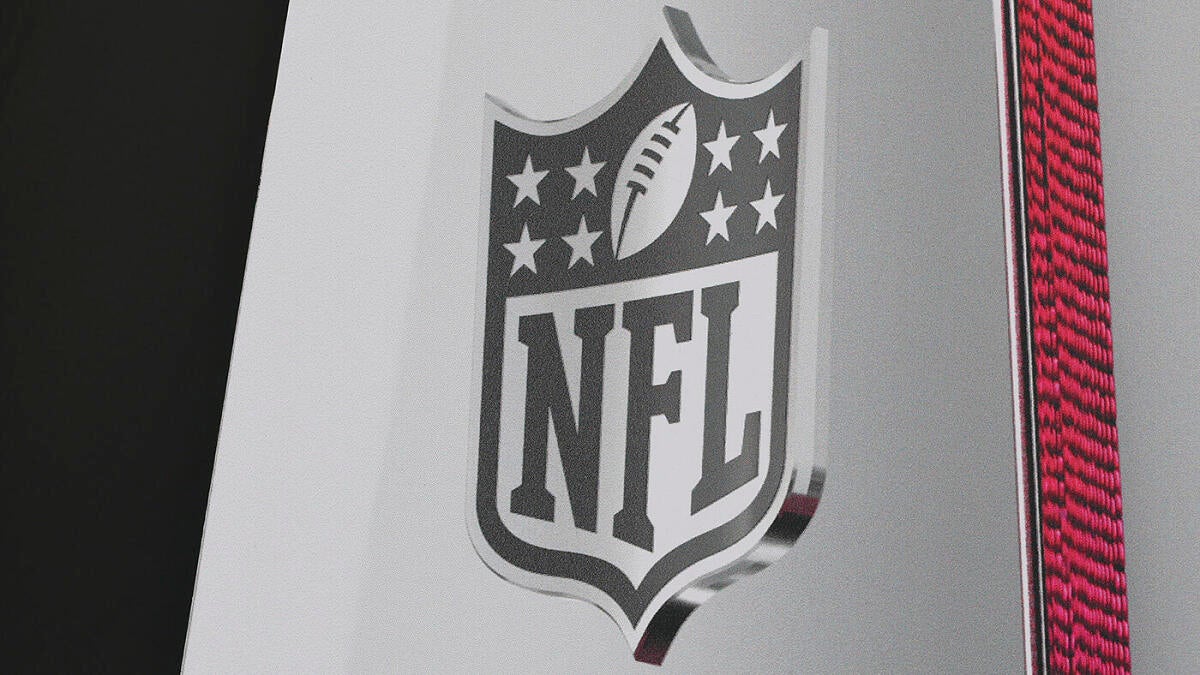The NFL playoff system, a cornerstone of American football’s postseason drama, is poised for a transformative update in 2025. This proposed shift, centering on playoff reseeding, promises to recalibrate competitive balance and invigorate the high-stakes battles that define the league’s climax. This analysis explores the context, details, implications, and challenges of these changes, revealing a league in motion toward fairness and excitement.
Understanding the Current Playoff Landscape
For years, the NFL’s postseason has featured 14 teams, divided equally between two conferences. Each conference advances four division champions plus three wild-card teams, arranged in a seeding system that prioritizes division winners regardless of their overall records. This traditional model sometimes produces discordant scenarios where a division winner with a losing or mediocre record enjoys home-field advantages over teams with stronger credentials.
An illustrative example is the Tampa Bay Buccaneers’ 2022 season, where the team clinched their division with an 8–9 record—an outcome that challenged the league’s competitive logic. This discrepancy has repeatedly ignited debate about the weight of division titles versus overall season performance and whether the existing format best rewards consistent excellence.
The Proposed Playoff Reseeding Mechanism
The upcoming decision for NFL owners centers on introducing reseeding after the wild-card round. Rather than maintaining fixed brackets, surviving teams would be realigned so the highest remaining seed faces the lowest remaining seed, based purely on their regular-season records. This change aims to blend respect for division winners with an overarching fairness by rewarding teams for their full-season efforts.
Key points of this proposal include:
– Retaining the structure of seven playoff teams per conference (four division champions and three wild cards).
– Initially honoring division champions in the first round seedings.
– Applying reseeding from the second round onward to reflect regular-season performance.
This dynamic approach merges tradition with meritocracy, ensuring better-performing teams aren’t unfairly matched against disproportionately strong opponents early in the playoffs.
Exploring Related Rule Modifications
Accompanying the seeding overhaul is a proposal to ban the “Tush Push” quarterback sneak, a play widely scrutinized for its effectiveness and legality. The parallel focus on rule changes and playoff structure signals the NFL’s commitment to evolving both the mechanics and culture of the game simultaneously, maintaining competitive integrity while addressing strategic innovation.
Implications of the Reseeding Proposal
Should the new playoff model be approved, it will reverberate throughout the league in several ways:
– Enhanced Incentives for Regular-Season Success: Teams will have greater motivation to secure top records, knowing that playoff advantages extend beyond the initial round.
– Reduction of Unearned Advantages: Division champions with weaker records would lose guaranteed seeding superiority over stronger wild card teams.
– Improved Competitive Balance: Matchups will more accurately reflect team strengths, fostering a fairer and more engaging postseason.
– Increased Bracket Fluidity: Fans and analysts will experience a more unpredictable playoff journey as matchups depend on ongoing outcomes, challenging traditional bracket predictions.
The Timing Behind This Shift
The transition toward an 18-game regular season raises the stakes of each game and compounds the importance of playoff seeding accuracy. As teams have more opportunities to distinguish themselves, the reseeding mechanism ensures that these efforts translate into fair competitive advantage. Additionally, the move responds to widespread feedback from stakeholders urging the league to address playoff fairness and maintain excitement across an extended schedule.
Potential Critiques and Logistical Considerations
Despite its strengths, the proposal is not without detractors. Traditionalists may lament the perceived dilution of division titles’ importance, arguing that winning a division should carry reliable rewards. The unpredictability introduced by reseeding may complicate fans’ bracket predicting traditions and challenge broadcasters’ and venues’ logistical planning. Travel arrangements and fan attendance could face hurdles if matchups cannot be anticipated well in advance. Balancing excitement and practicality remains a crucial task for the league.
Looking Ahead: A Postseason Poised for Evolution
The NFL’s proposed playoff reseeding plan for 2025 embodies a forward-thinking pivot that seeks to balance tradition with fairness. By rewarding teams based on their overall performance after the wild-card round, the league aims to create a more equitable and compelling postseason environment. Coupled with rule changes like the potential ban on the “Tush Push,” these reforms reflect the NFL’s intent to keep the game competitive, safe, and thrilling.
This evolution signals a postseason that continues to honor its heritage while embracing change, setting the stage for captivating playoff battles where every victory counts and merit prevails. The NFL’s playoff structure is on the brink of a new era, promising fans, players, and franchises a fresh path toward crowning champions who truly exemplify excellence.












